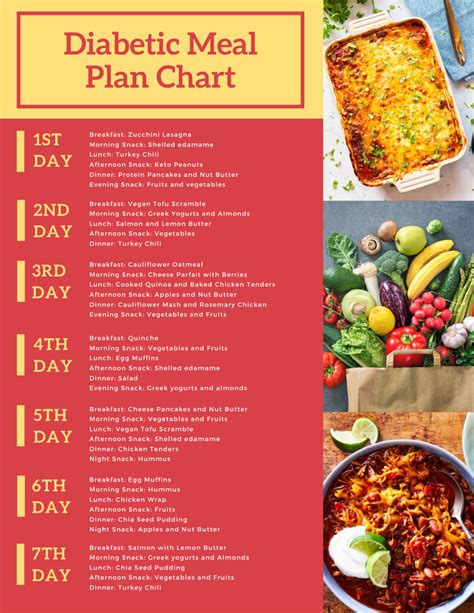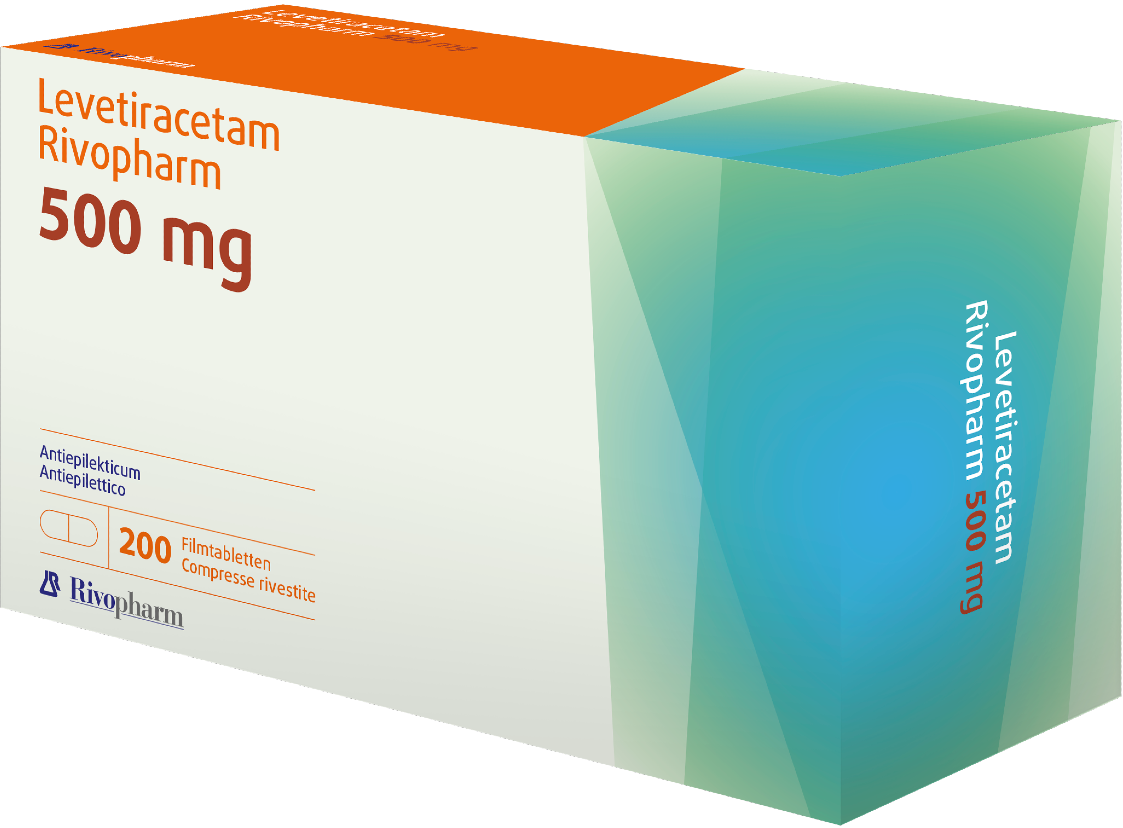Living with diabetes requires a delicate balance of lifestyle adjustments, including dietary changes, to manage the condition effectively. A well-structured diabetic diet plan is crucial for maintaining blood sugar levels within a healthy range, ensuring overall health, and preventing complications associated with diabetes. The core principle of a diabetic diet is to focus on consuming a variety of nutrient-dense foods in the right portions, alongside regular monitoring of blood glucose levels and adjustment of the diet plan as necessary.
Understanding the Basics of a Diabetic Diet
A diabetic diet is not about deprivation or following a specific dietary trend; rather, it’s about making informed food choices that help manage blood sugar levels, maintain a healthy weight, and control heart disease risk factors. The diet should be rich in whole, unprocessed foods like vegetables, whole grains, lean proteins, and healthy fats. These foods are typically low in calories and fat, high in fiber, and rich in essential vitamins and minerals, making them ideal for managing diabetes.
Key Components of a Diabetic Diet Plan
Carbohydrate Counting: Carbohydrates have the greatest impact on blood sugar levels. Understanding how different types and amounts of carbs affect blood glucose can help in planning meals. Foods that are high in carbohydrates include grains, starchy vegetables, fruits, and dairy products. Carbohydrate counting involves tracking the amount of carbs consumed at each meal to maintain blood sugar control.
Glycemic Index (GI): The GI is a measure of how quickly foods raise blood sugar levels. Foods are ranked on a scale from 0 to 100, with higher values given to foods that cause the most rapid increase in blood sugar. Choosing foods with a lower GI can help in managing post-meal spikes in blood glucose levels.
Fiber Intake: Fiber, particularly soluble fiber found in foods like oats, fruits, vegetables, and legumes, can slow the digestion of carbohydrates and absorption of sugar, thereby improving blood sugar control. A diet high in fiber can also help with weight management and reduce the risk of heart disease.
Healthy Fats: Foods high in healthy fats like avocados, nuts, and olive oil can help lower the risk of heart disease and may also improve insulin sensitivity. However, it’s essential to consume these foods in moderation due to their high calorie content.
Protein and Dairy: Protein takes longer to digest than carbohydrates and doesn’t raise blood sugar levels. Including protein sources like lean meats, fish, eggs, tofu, and legumes in meals can help manage hunger and support blood sugar control. Low-fat dairy products are also beneficial for their protein content and can be part of a diabetic diet when consumed in moderation.
Meal Planning Strategies
Effective meal planning is key to successfully managing diabetes through diet. Here are some strategies:
- Eat Regular Meals: Skipping meals can lead to low blood sugar and overeating later, which can cause high blood sugar. Aim for three main meals and one or two snacks per day, spaced evenly apart.
- Choose Whole Foods: Prioritize whole, unprocessed foods over packaged or processed foods, which are often high in added sugars, unhealthy fats, and sodium.
- Stay Hydrated: Drinking enough water can help prevent dehydration, which can cause high blood sugar levels. Additionally, sometimes thirst can be mistaken for hunger, leading to unnecessary snacking.
- Be Mindful of Portion Sizes: Using measuring cups or a food scale can help gauge the right portion sizes. Eating off smaller plates can also make portions appear larger, potentially reducing overeating.
- Limit Added Sugars: Aim to limit foods with added sugars, like sweets, sugary drinks, and refined grains. These foods can cause spikes in blood sugar and provide empty calories.
Creating a Personalized Diabetic Diet Plan
Everyone’s nutritional needs and preferences are different, making it crucial to work with a healthcare provider, such as a registered dietitian or a diabetes educator, to develop a personalized diet plan. This plan should take into account the individual’s lifestyle, food preferences, activity level, and other health goals.
Implementing Lifestyle Changes
Adopting a diabetic diet is not just about changing what you eat; it’s also about making other lifestyle adjustments to manage diabetes effectively. Regular physical activity, stress management, and getting enough sleep are all crucial components of diabetes management. Physical activity can help lower blood sugar levels and improve insulin sensitivity, making it easier to manage diabetes. Even small amounts of physical activity, such as walking, can make a difference when done regularly.
Managing Challenges and Setbacks
Managing diabetes through diet can be challenging, and setbacks are common. It’s essential to approach these challenges with a positive attitude, learn from mistakes, and move forward. Here are some tips for managing challenges:
- Keep a Food Diary: Writing down what and when you eat, along with your blood sugar levels, can help identify patterns and triggers for high or low blood sugar.
- Seek Support: Connecting with others who are managing diabetes can provide motivation, practical tips, and emotional support.
- Be Flexible: Allow for occasional treats and flexibility in the diet plan. Completely depriving oneself of favorite foods can lead to frustration and potentially harmful binge eating.
- Stay Informed: Continuously learn about new developments in diabetes management and nutrition. Guidelines and recommendations can change, so staying up-to-date is important.
Conclusion
A diabetic diet plan is a powerful tool for managing diabetes and improving overall health. By focusing on whole, nutrient-dense foods, understanding the impact of different foods on blood sugar levels, and making informed choices, individuals with diabetes can maintain good health and reduce the risk of complications. It’s a journey that requires patience, persistence, and support, but with the right mindset and resources, managing diabetes through diet can be highly effective.
What are the key principles of a diabetic diet plan?
+The key principles include focusing on whole, unprocessed foods, carbohydrate counting, understanding the glycemic index of foods, increasing fiber intake, choosing healthy fats, and including protein and dairy products in moderation. The goal is to manage blood sugar levels, maintain a healthy weight, and control heart disease risk factors.
How does fiber intake help in managing diabetes?
+Fiber, especially soluble fiber, can slow the digestion of carbohydrates and the absorption of sugar, thereby improving blood sugar control. A high-fiber diet can also help with weight management and reduce the risk of heart disease, which is particularly beneficial for individuals with diabetes.
What role does physical activity play in managing diabetes?
+Regular physical activity is crucial for managing diabetes. It can help lower blood sugar levels and improve insulin sensitivity, making it easier to manage the condition. Even small amounts of physical activity, such as walking, can make a significant difference when done regularly and as part of an overall lifestyle change.
How can I create a personalized diabetic diet plan?
+What are some strategies for managing challenges and setbacks in diabetic diet management?
+Strategies include keeping a food diary to track patterns and triggers, seeking support from peers or professionals, being flexible and allowing for occasional treats, staying informed about the latest in diabetes management, and approaching challenges with a positive and resilient mindset. Learning from setbacks and using them as opportunities for growth and adjustment can also be beneficial.



